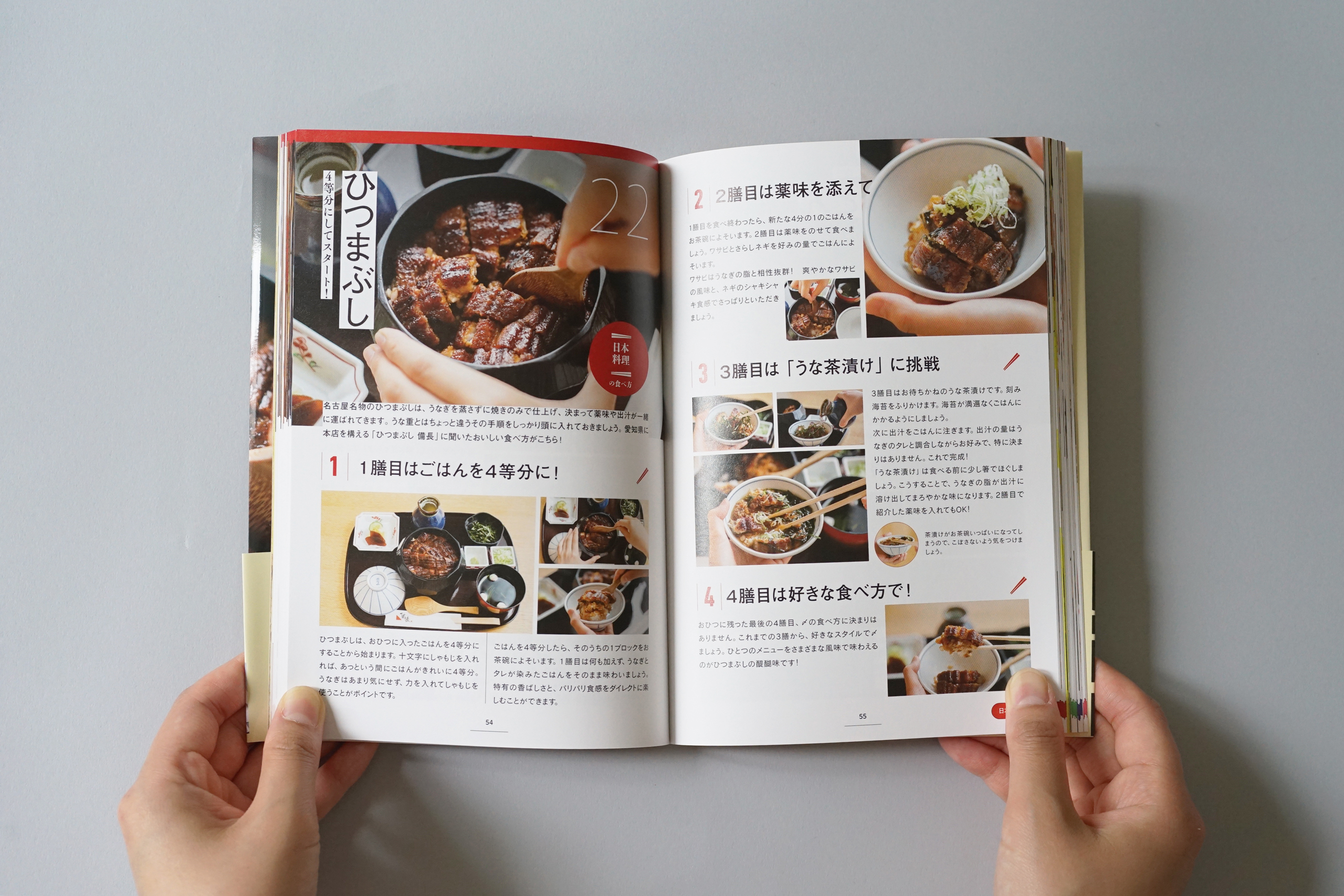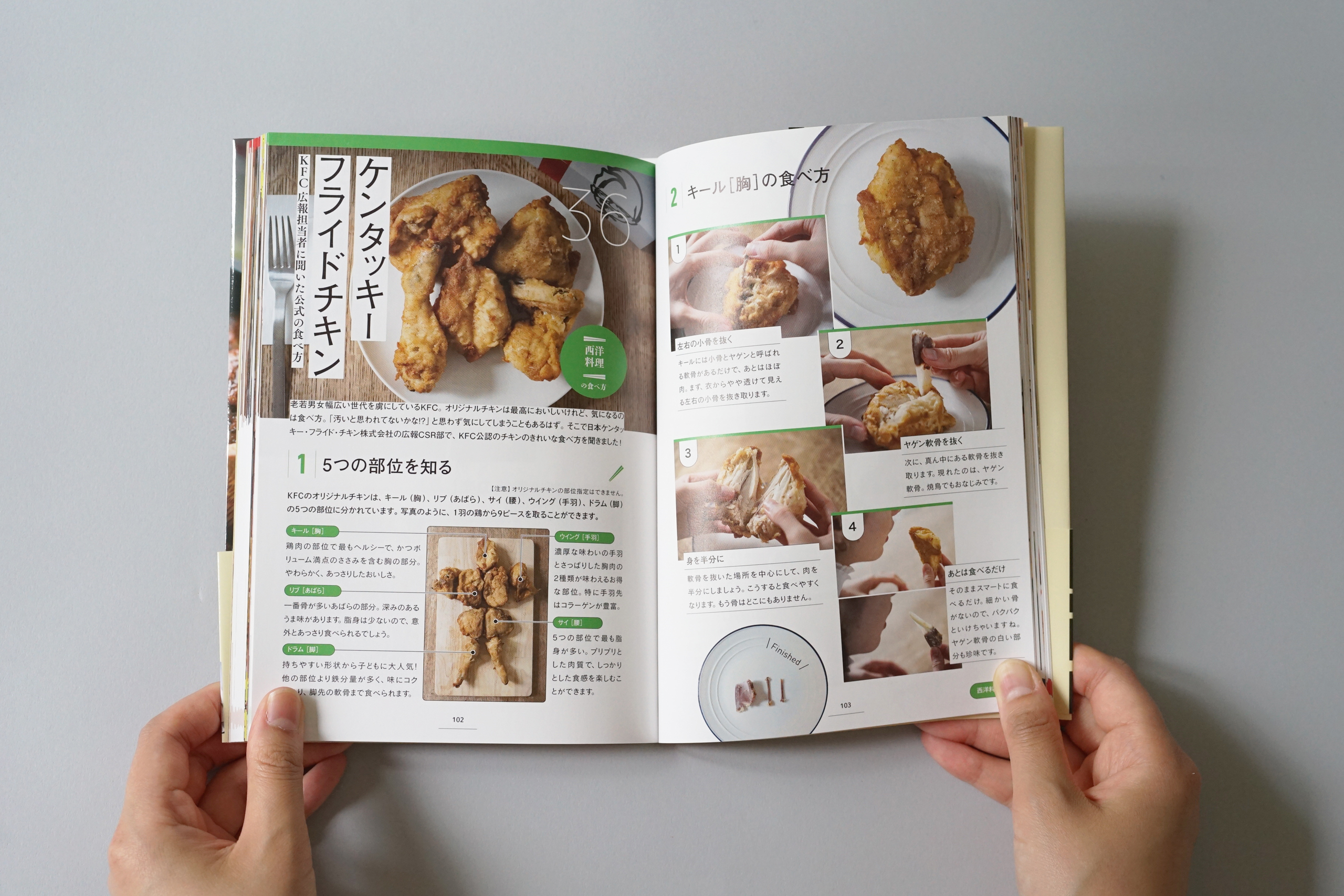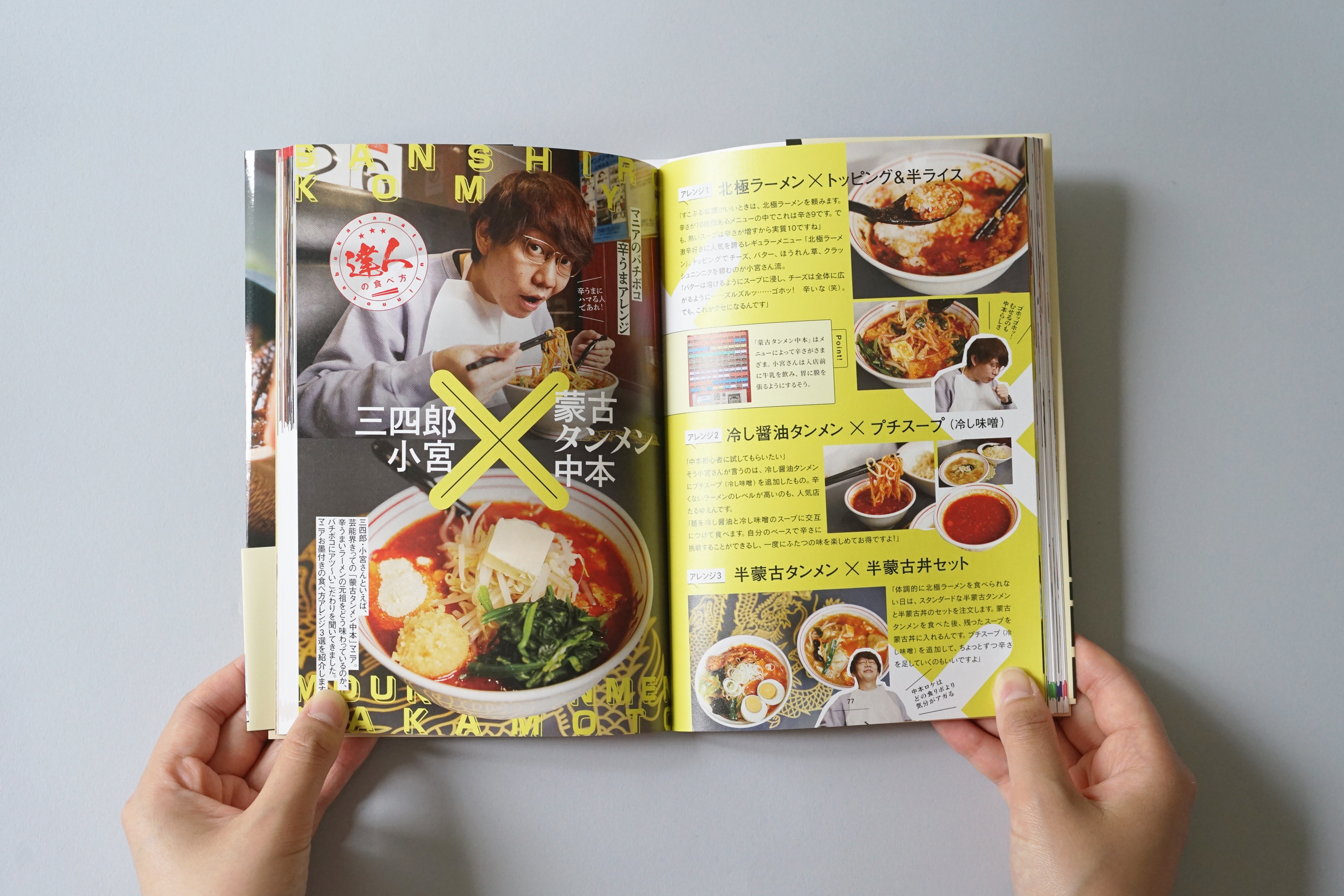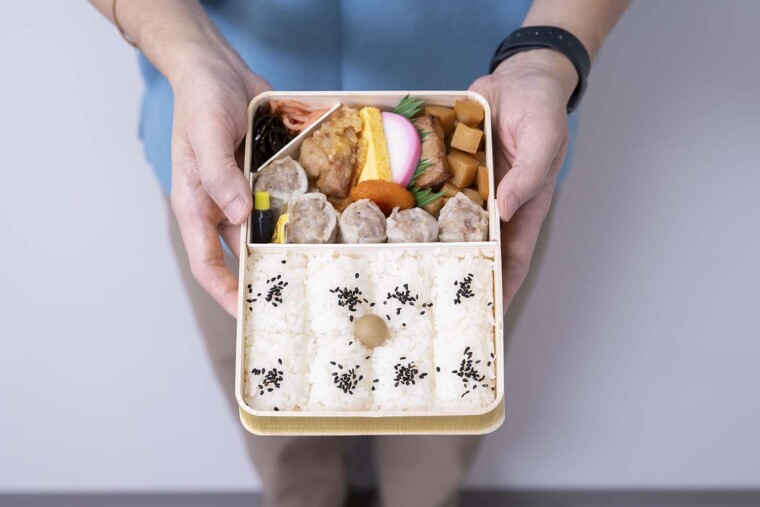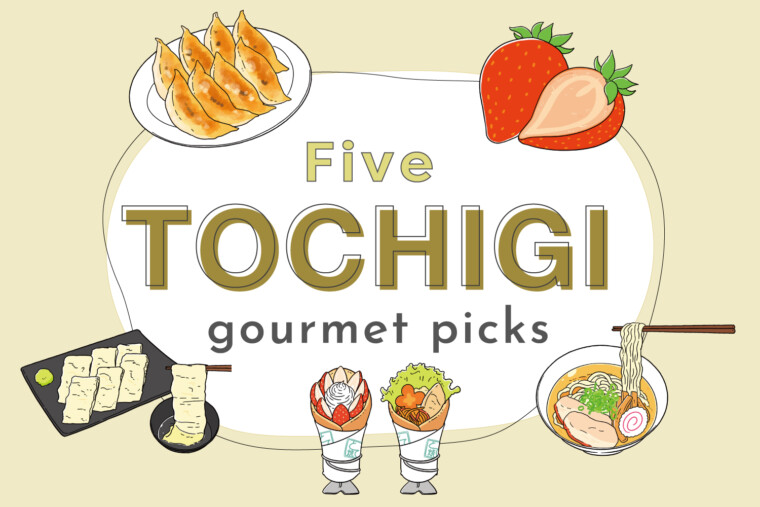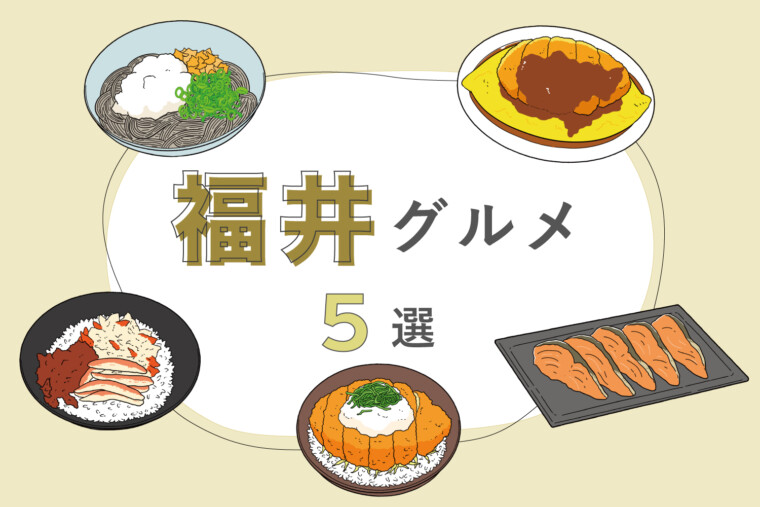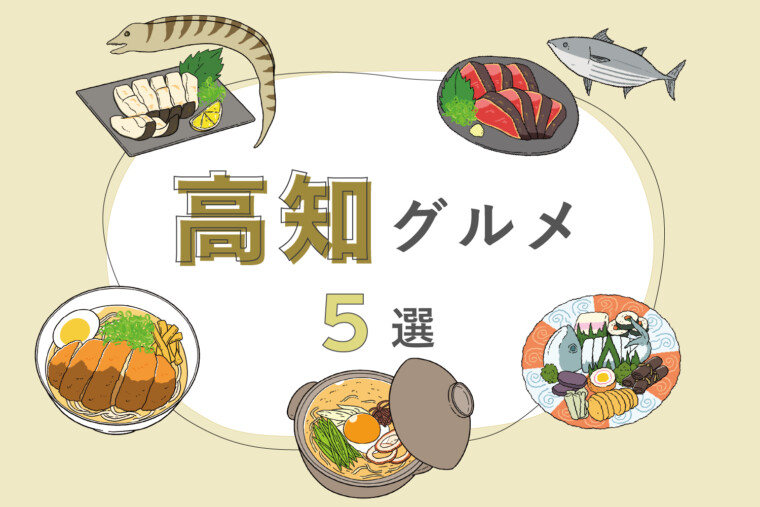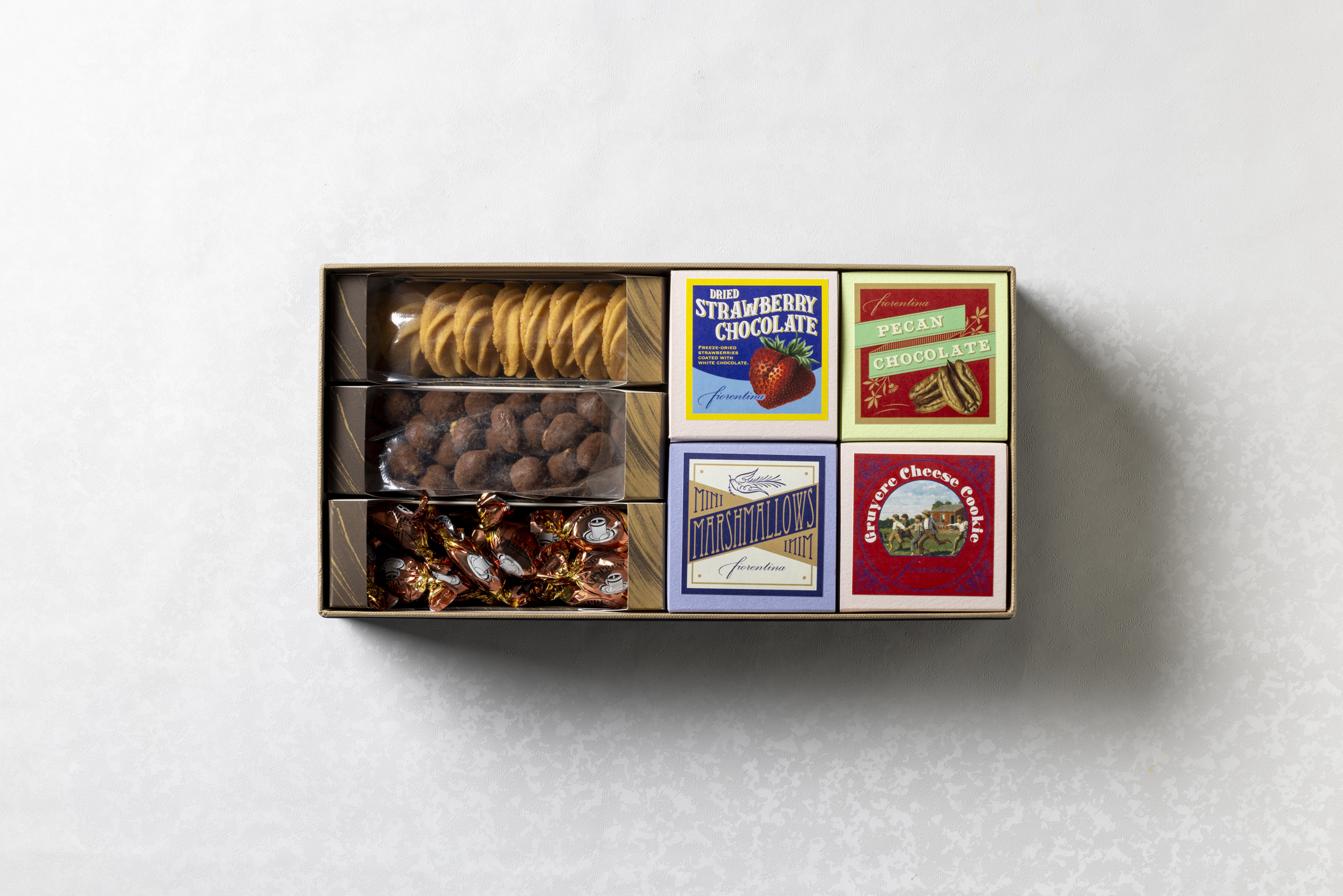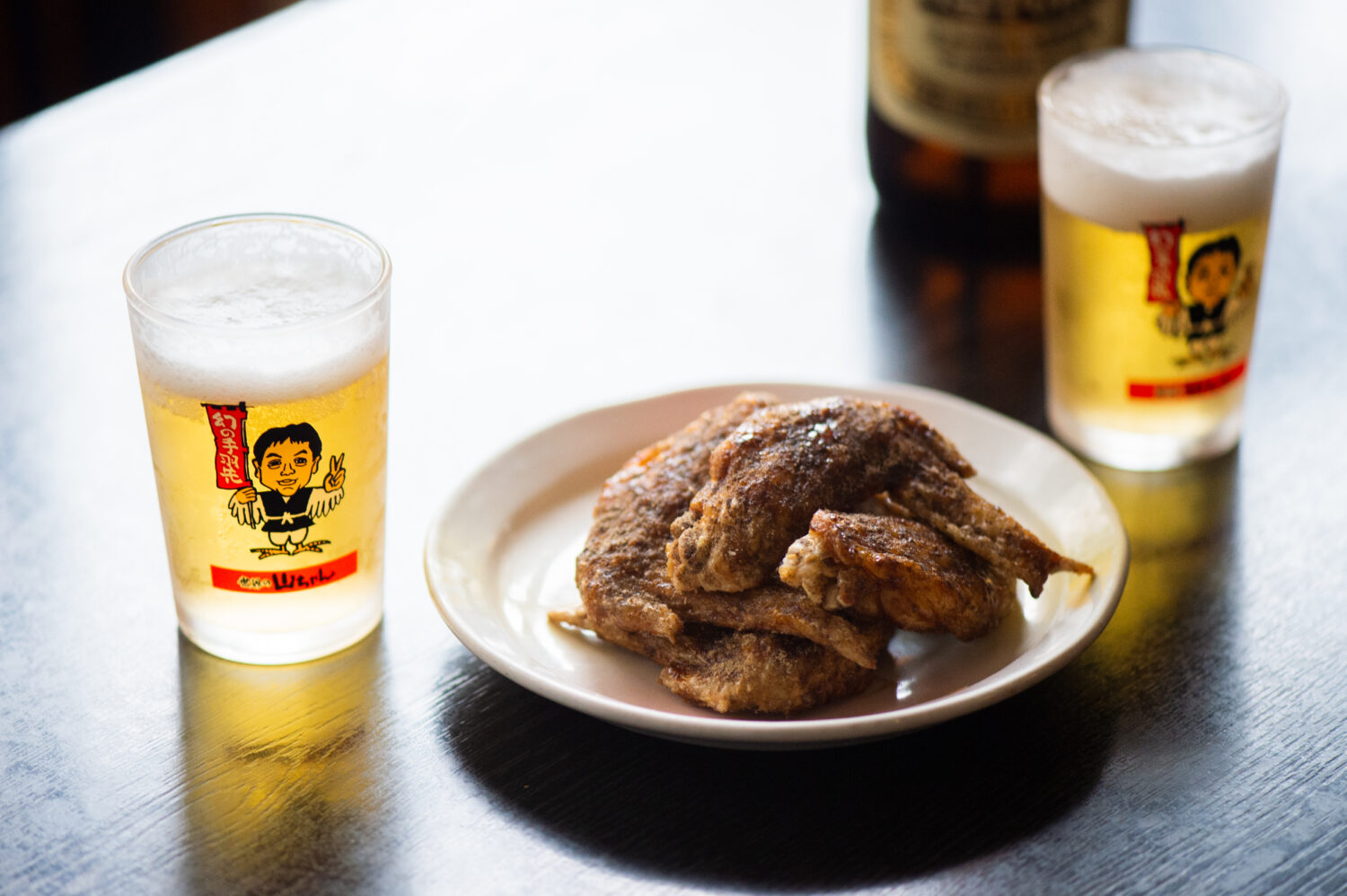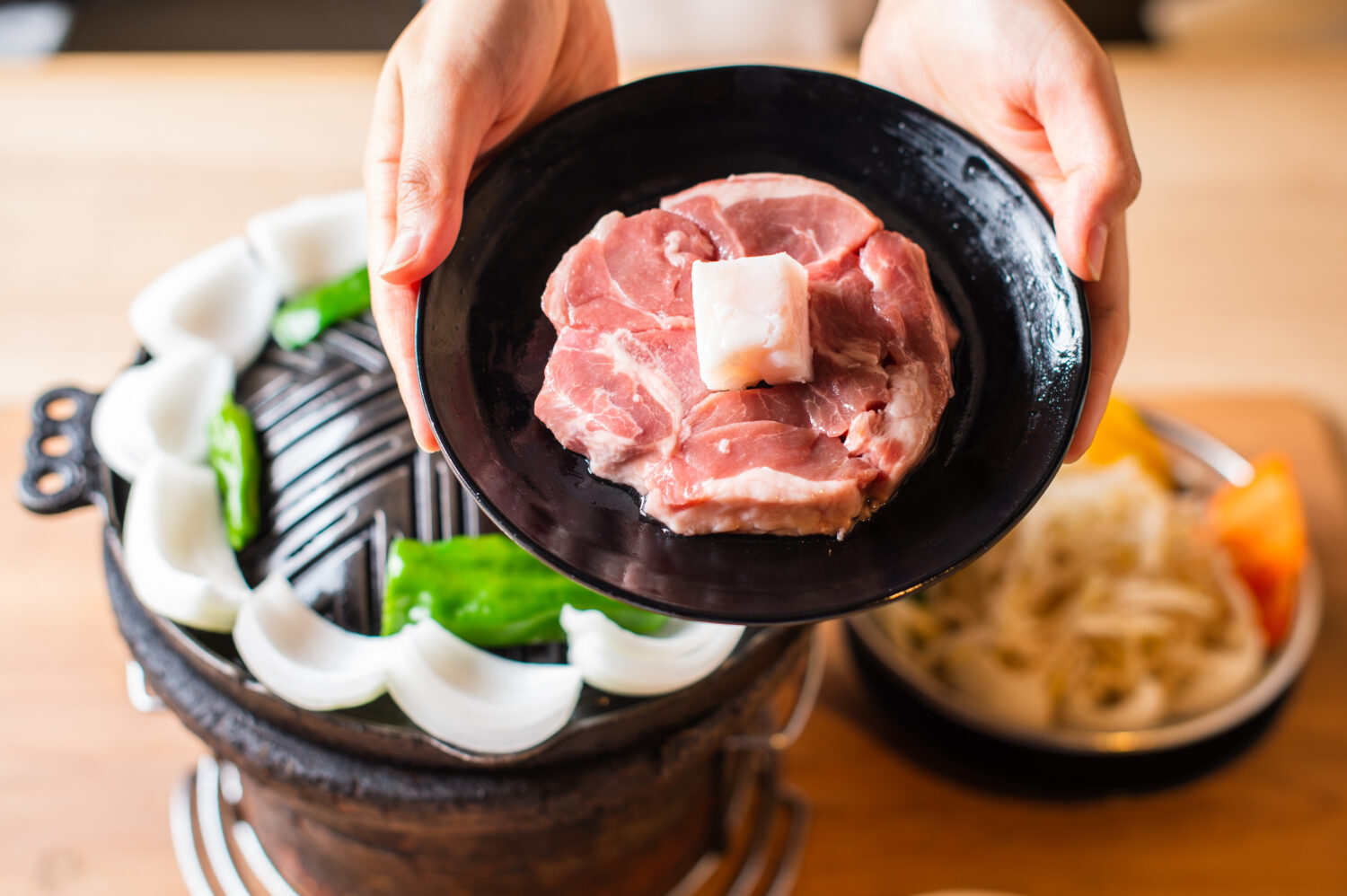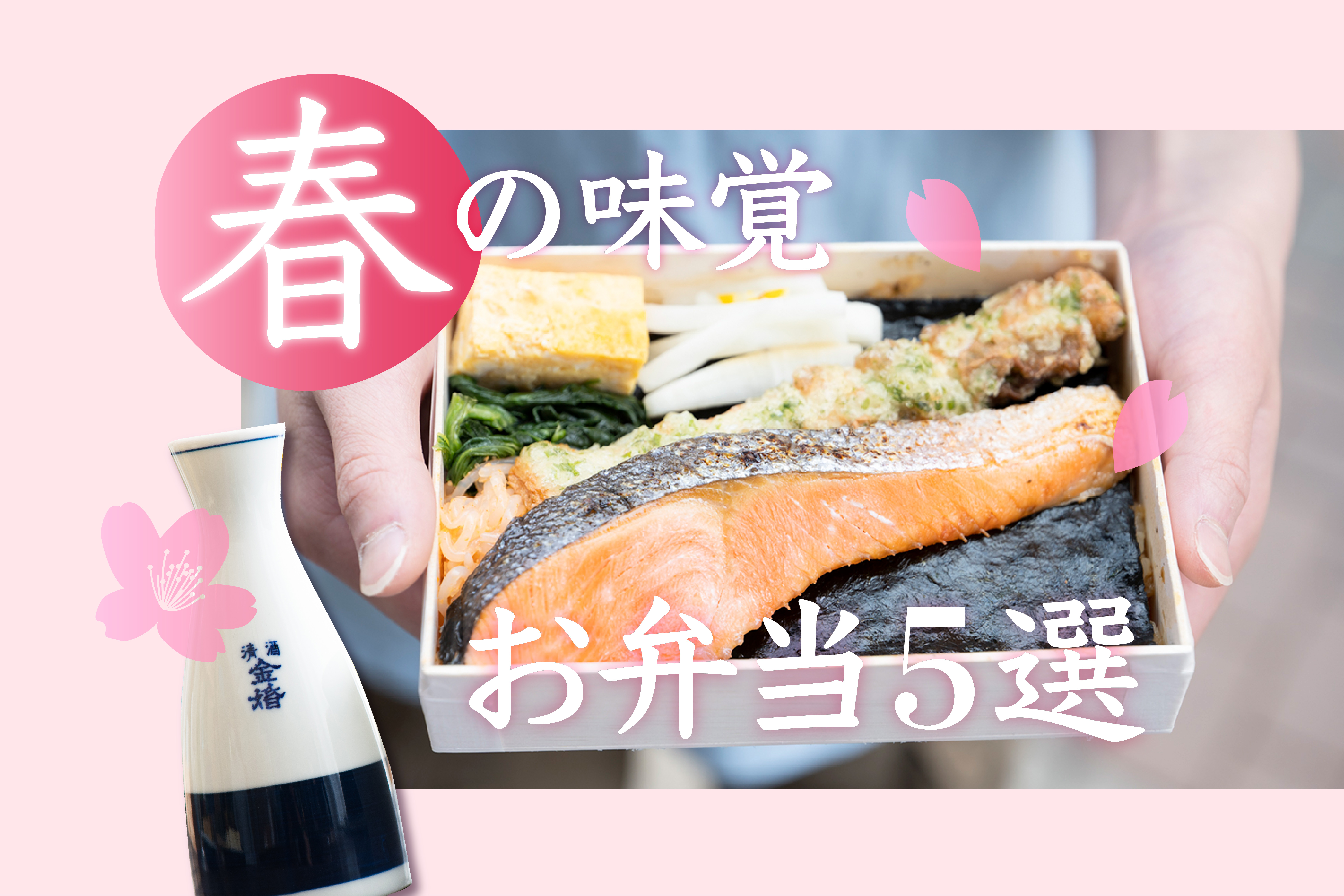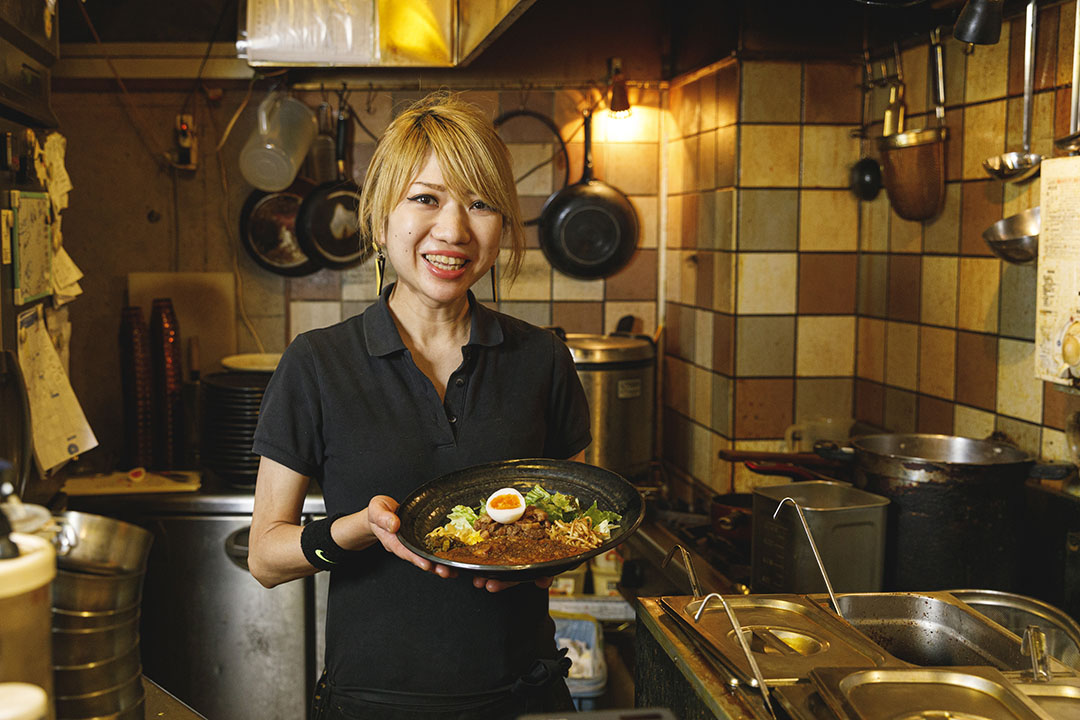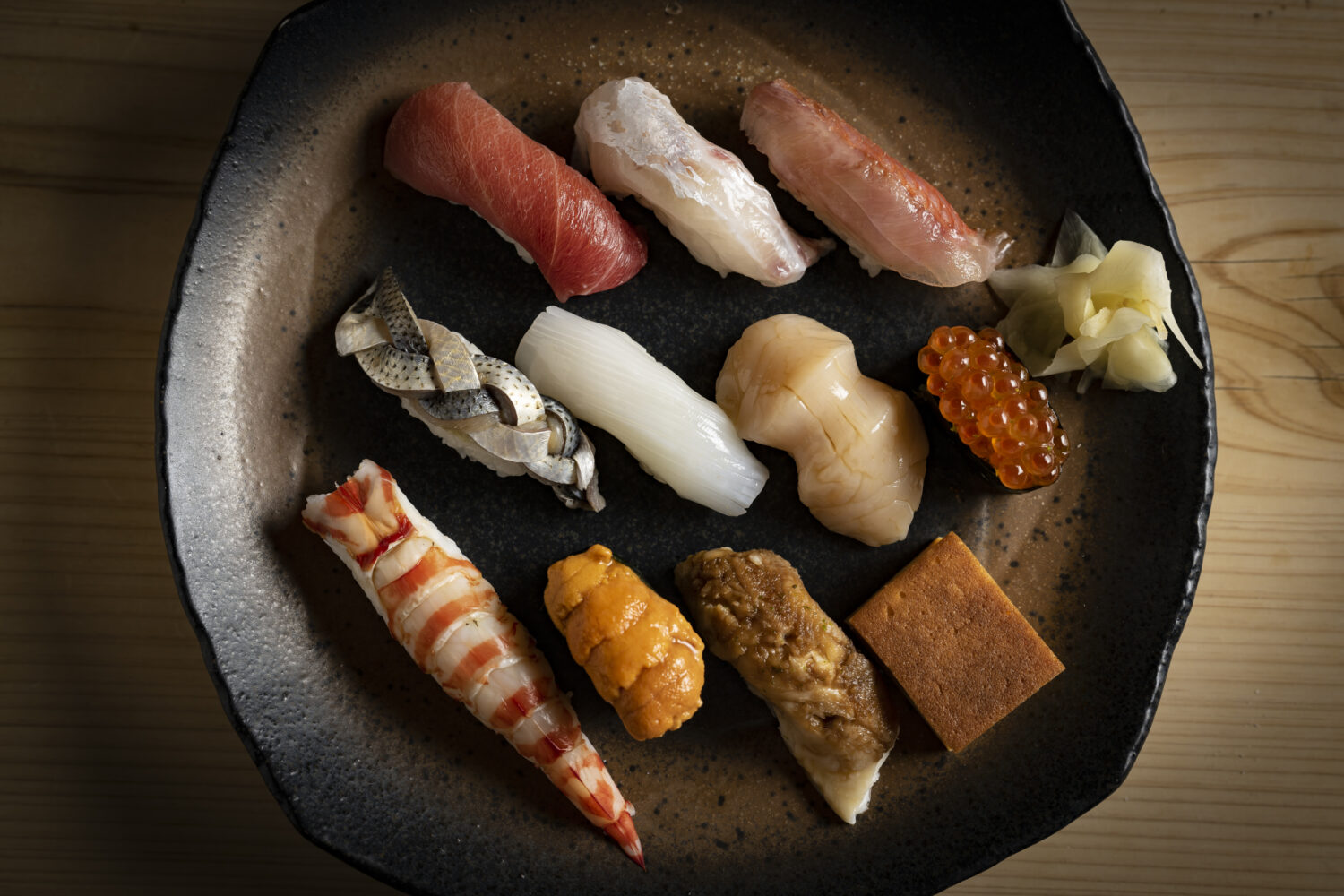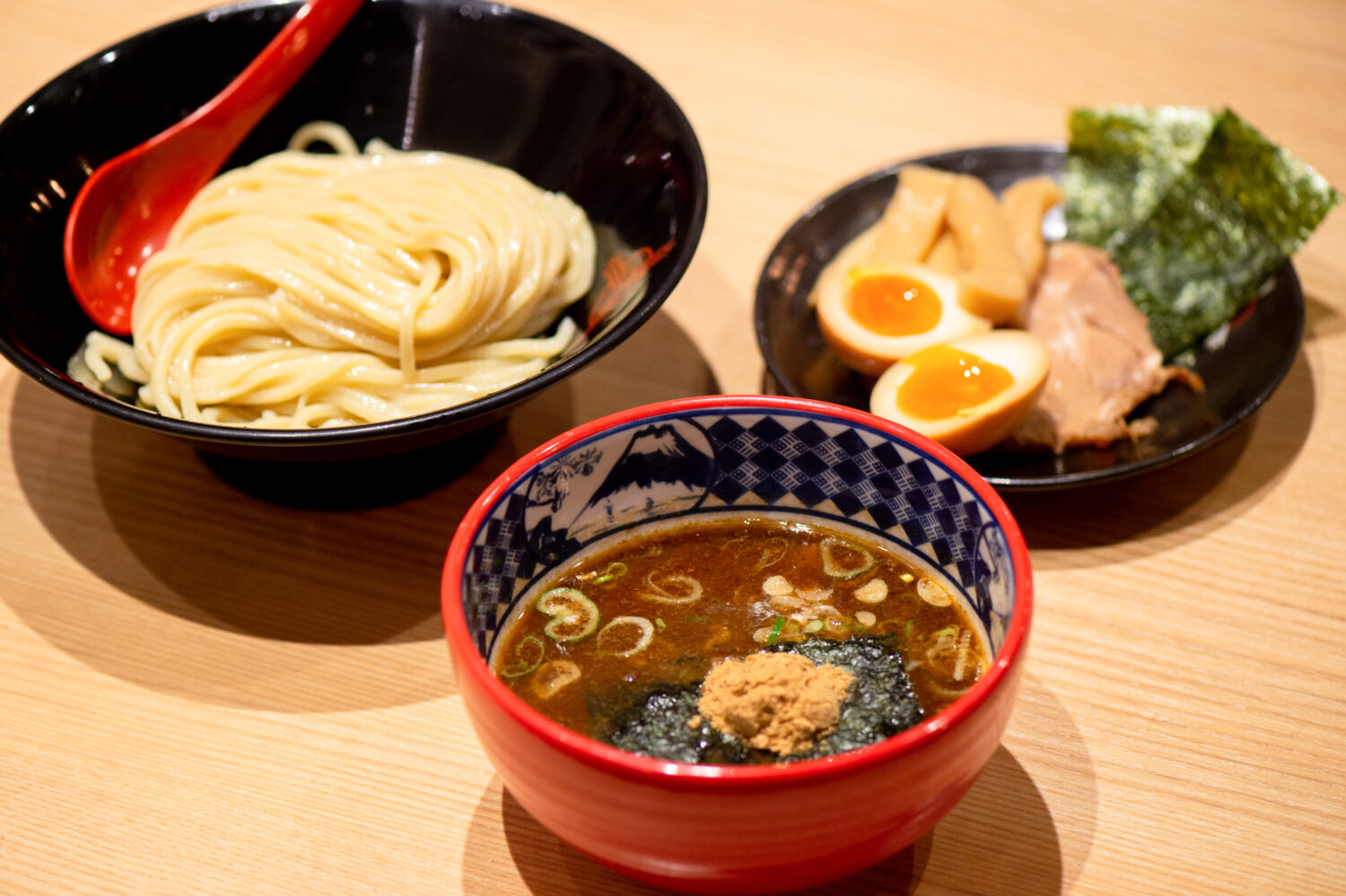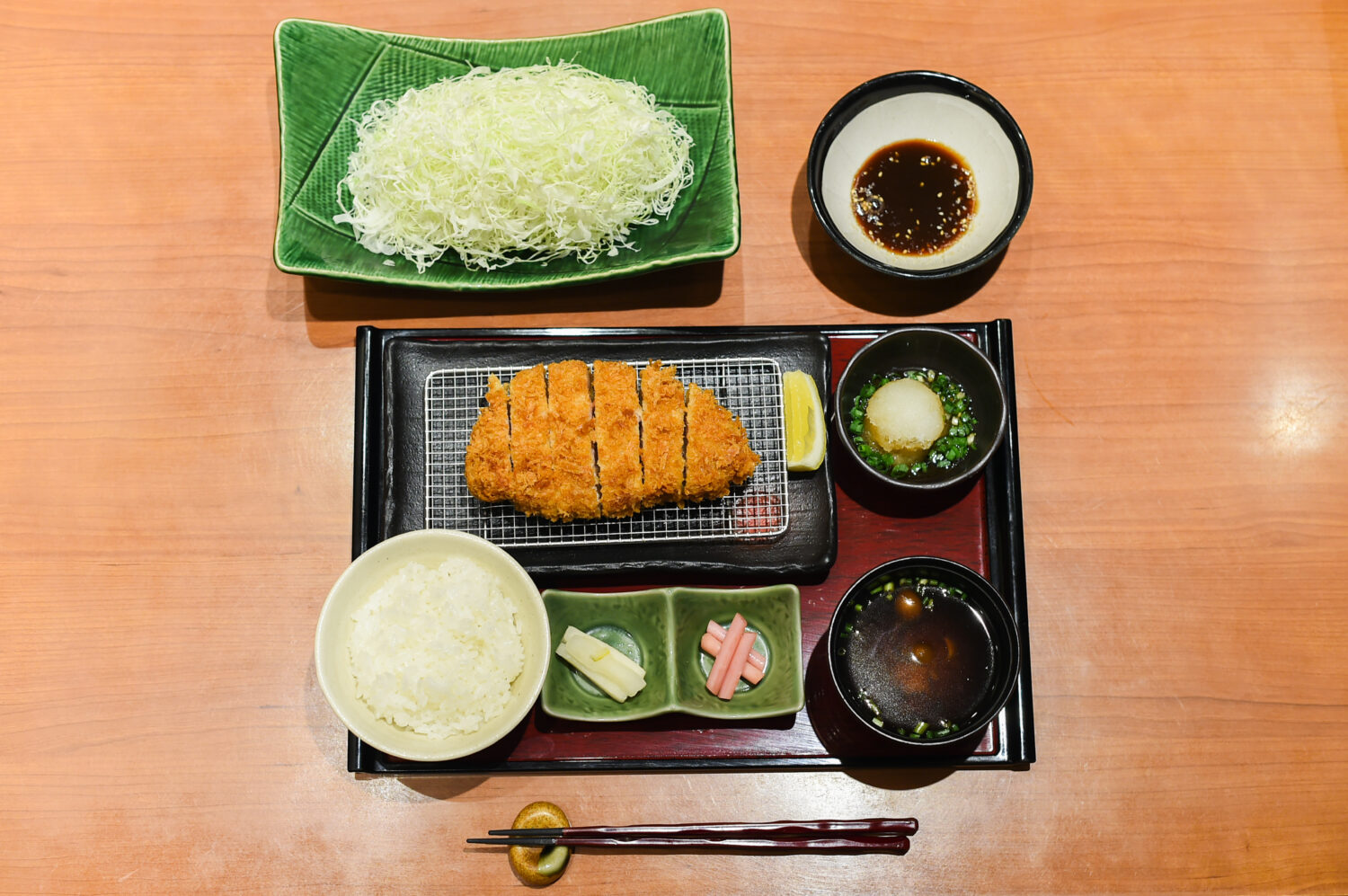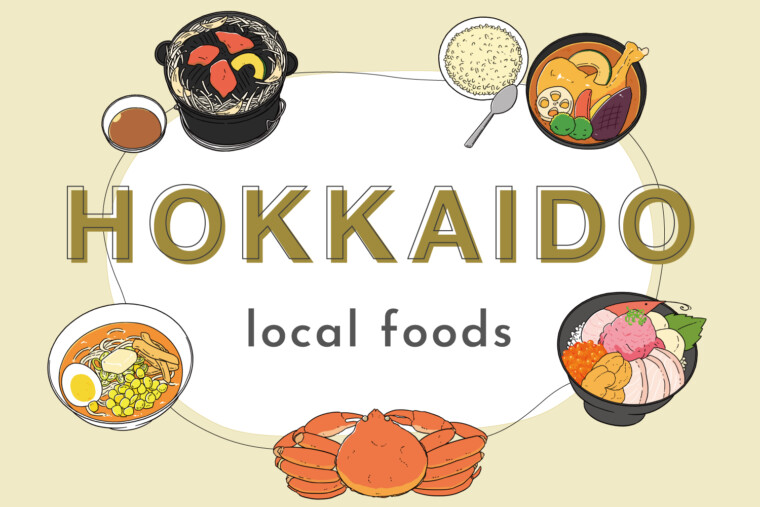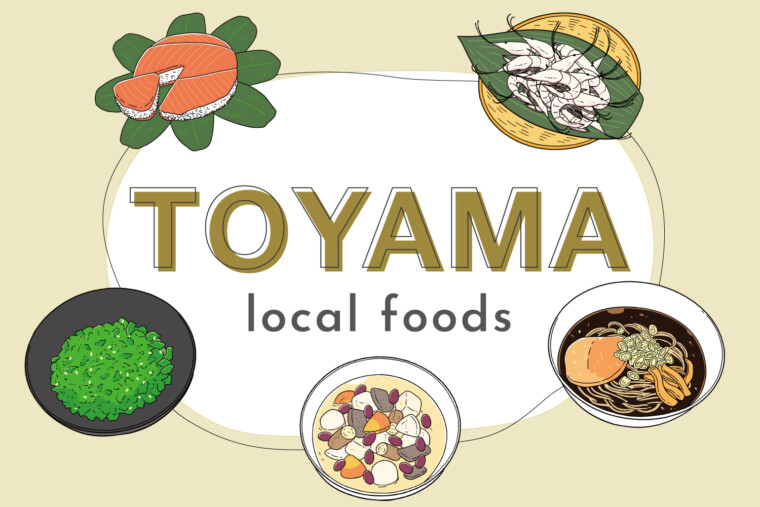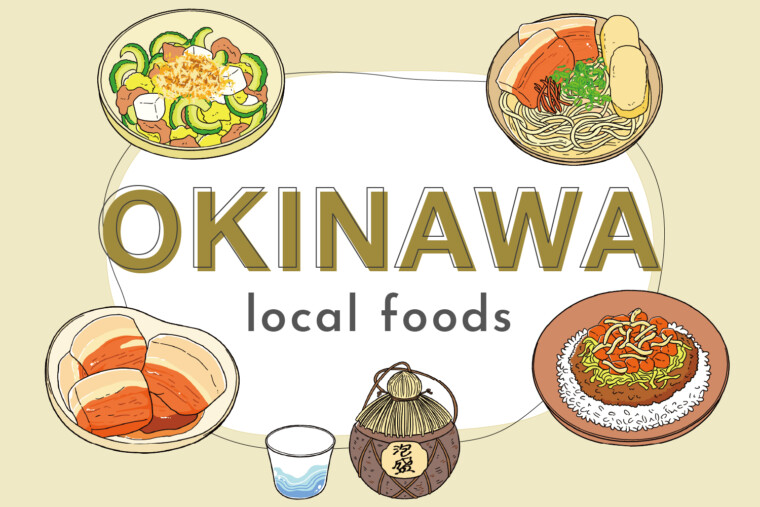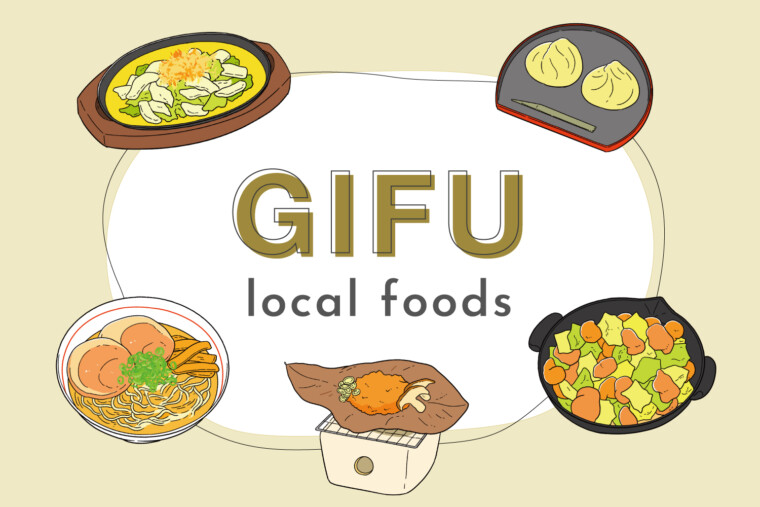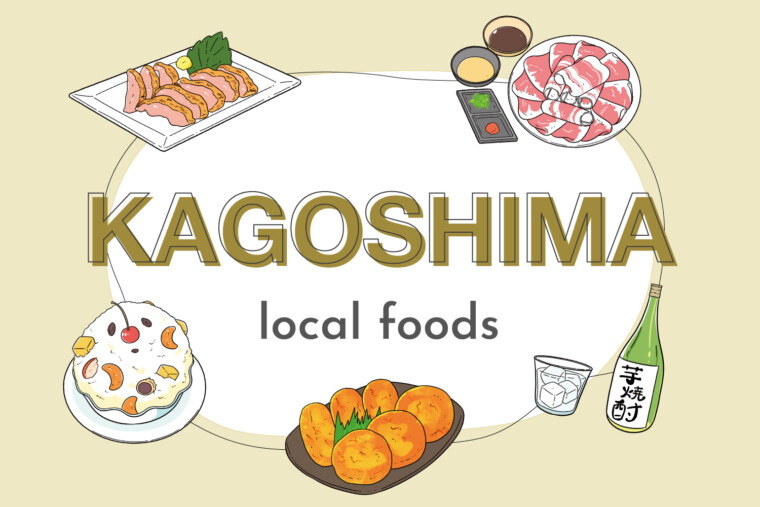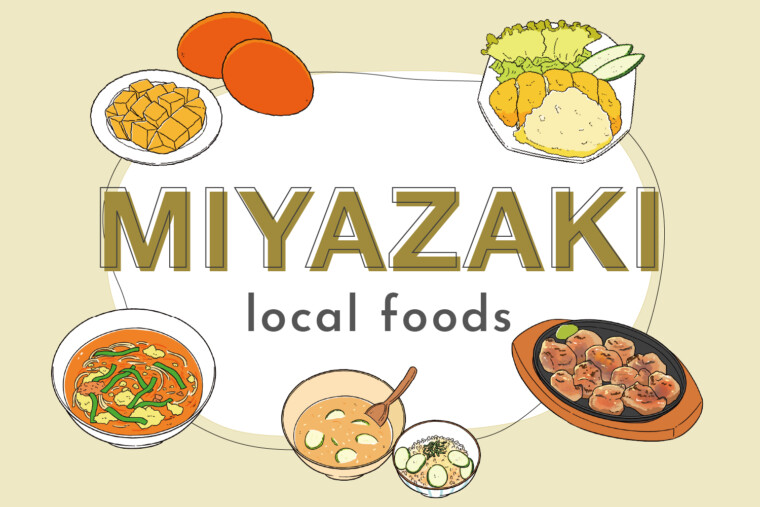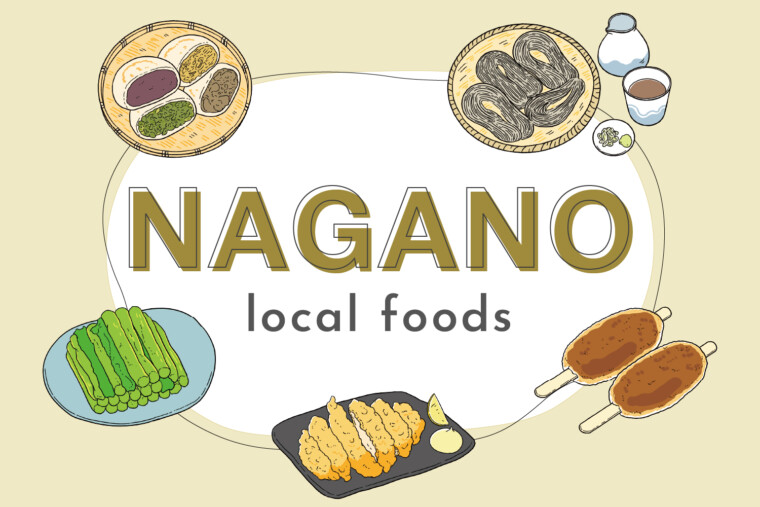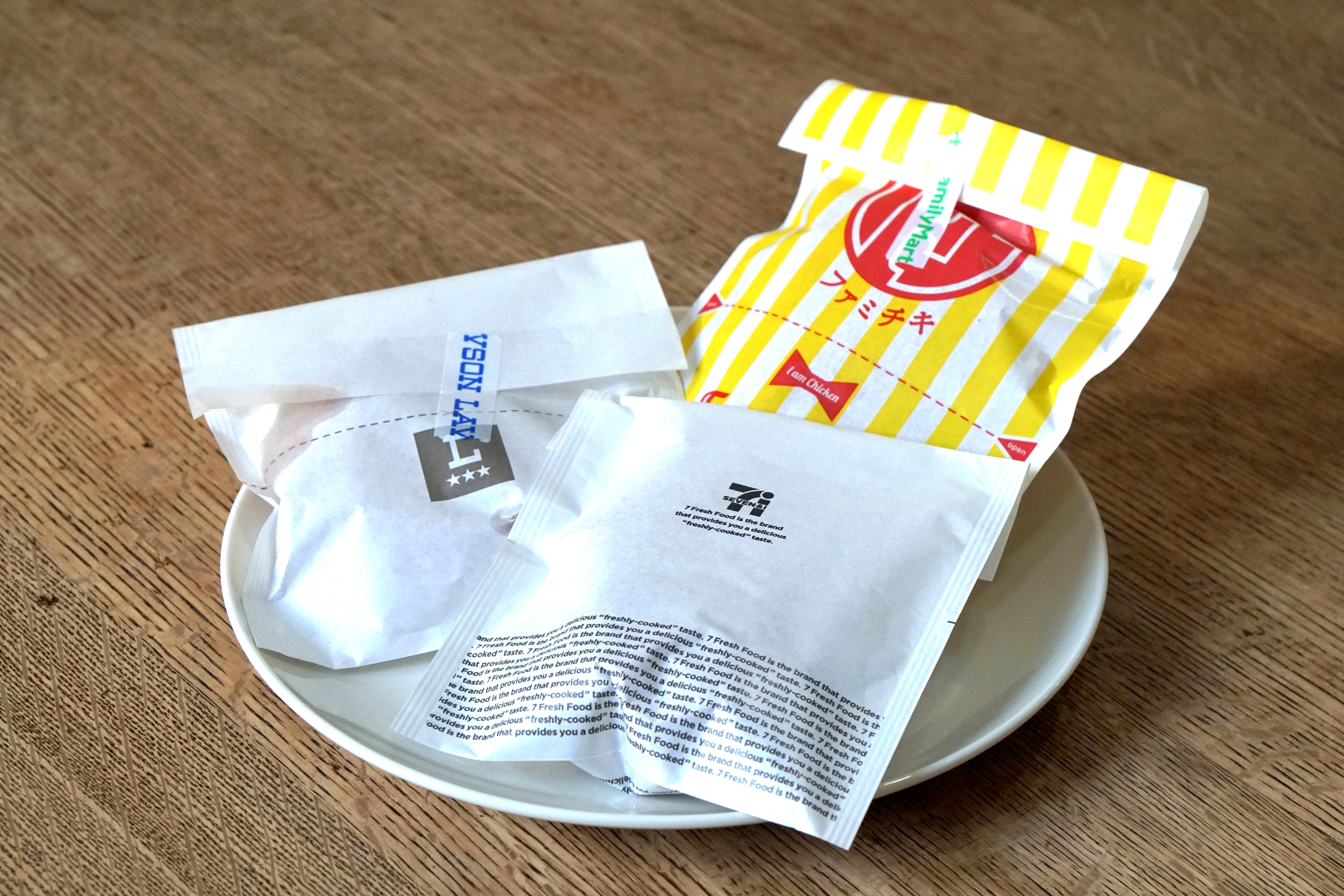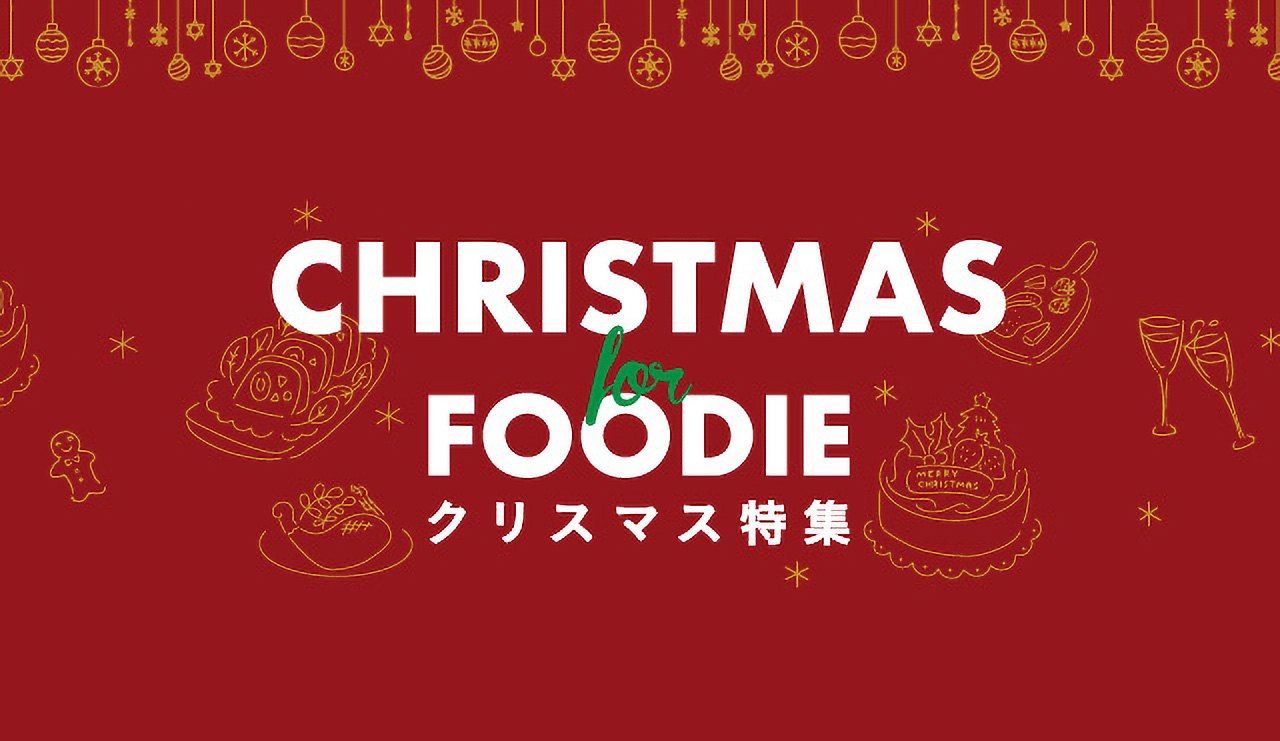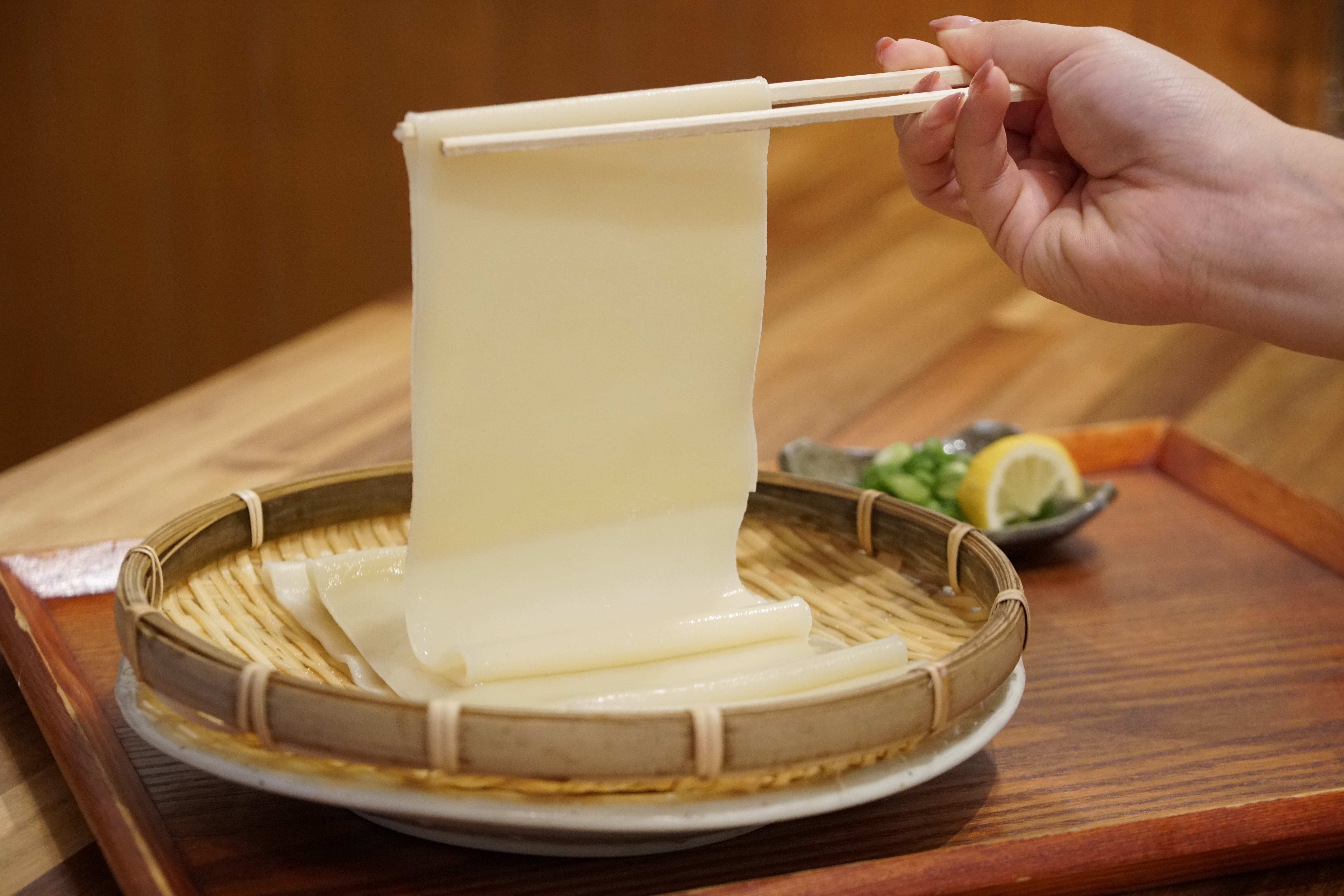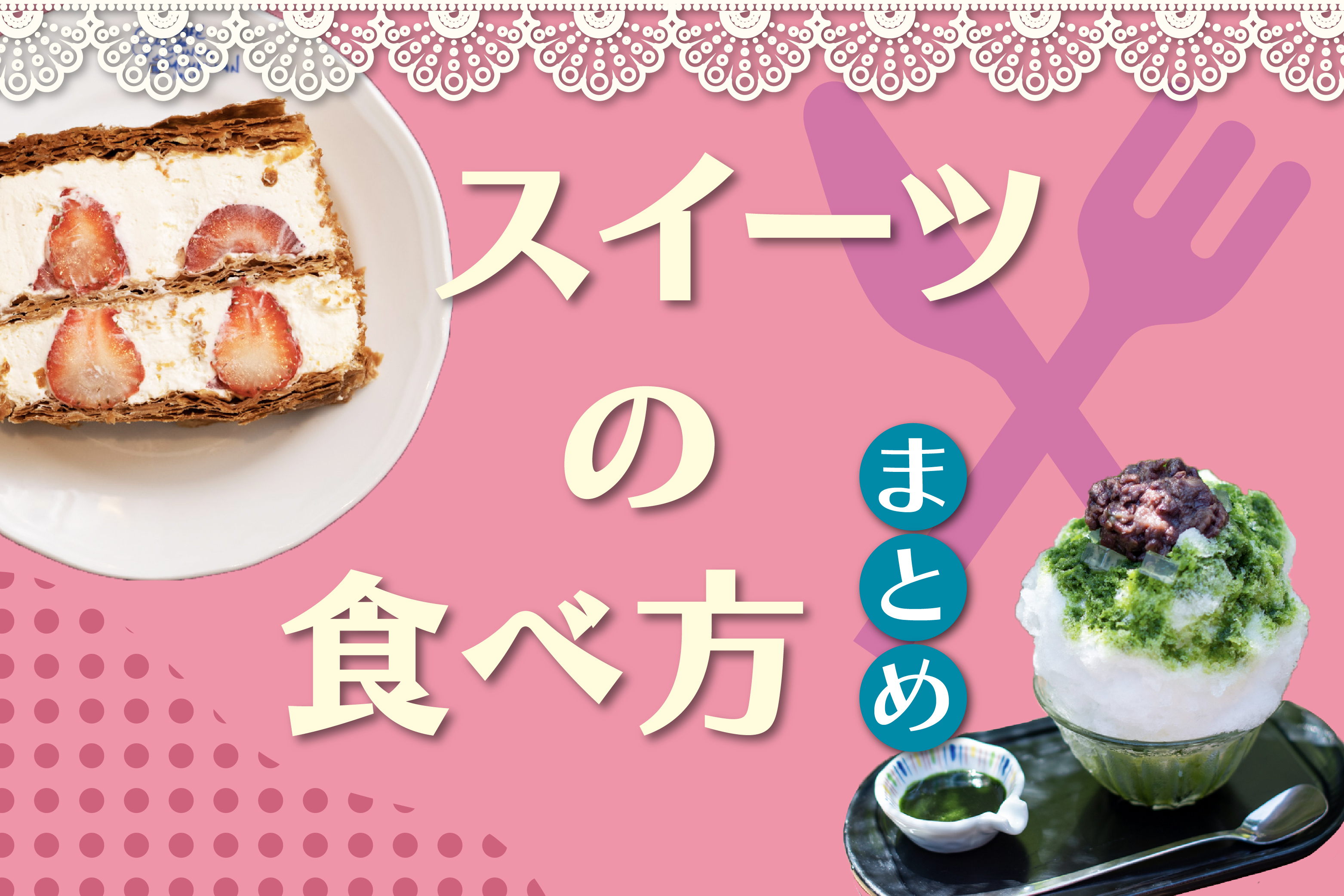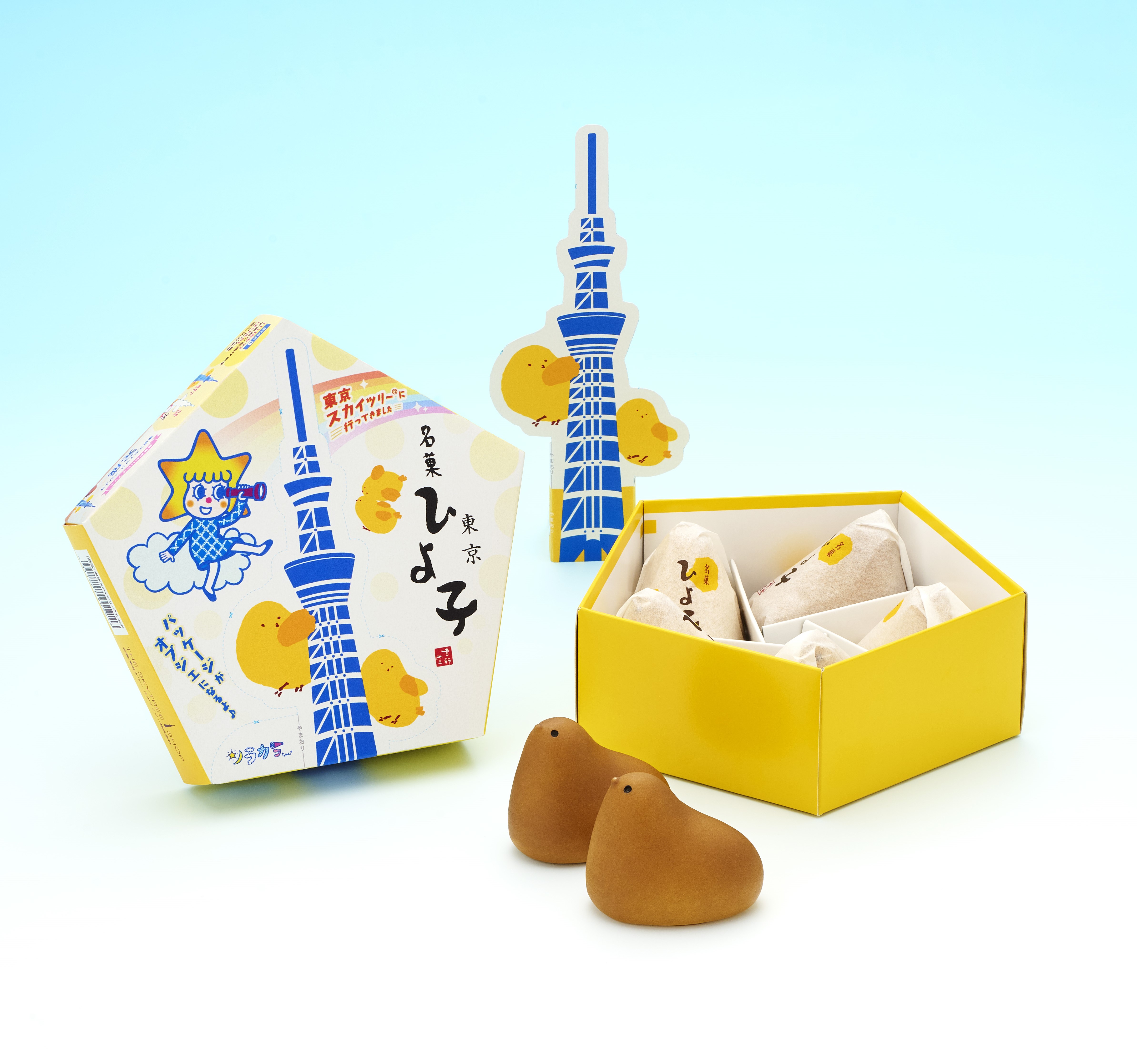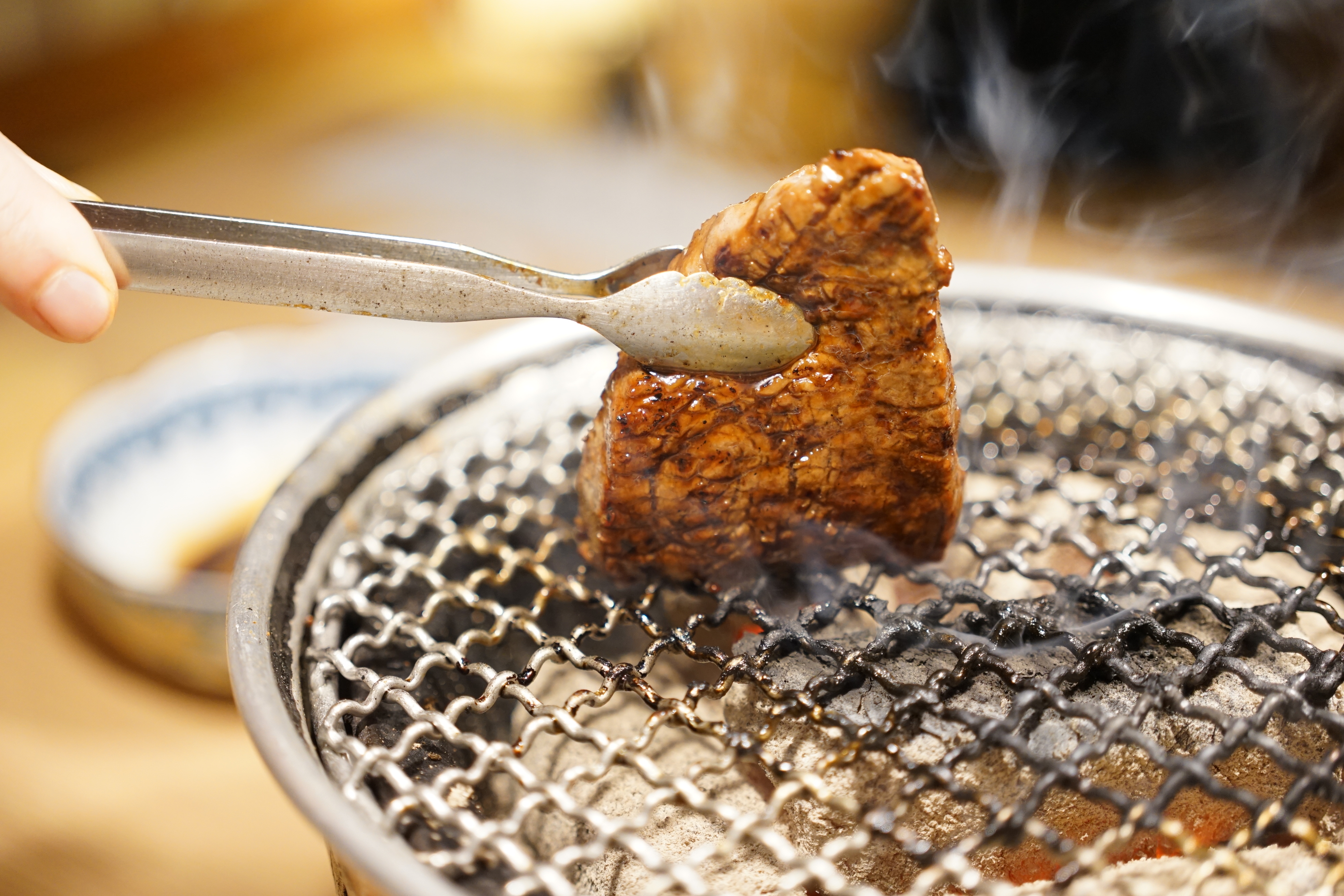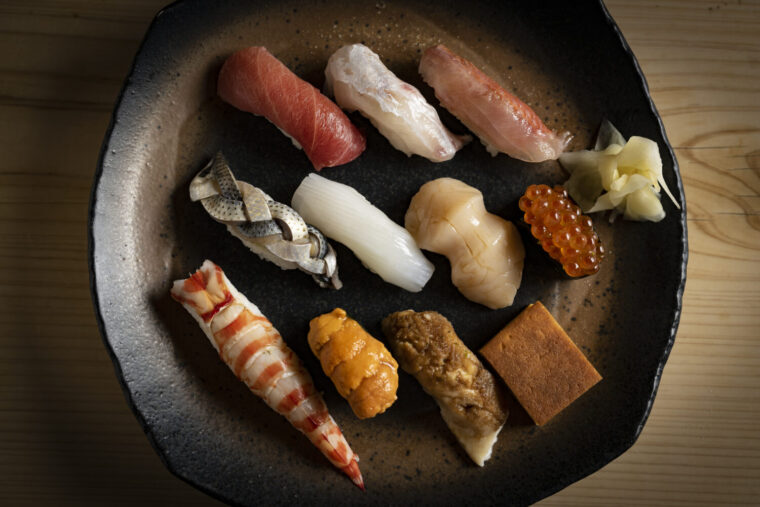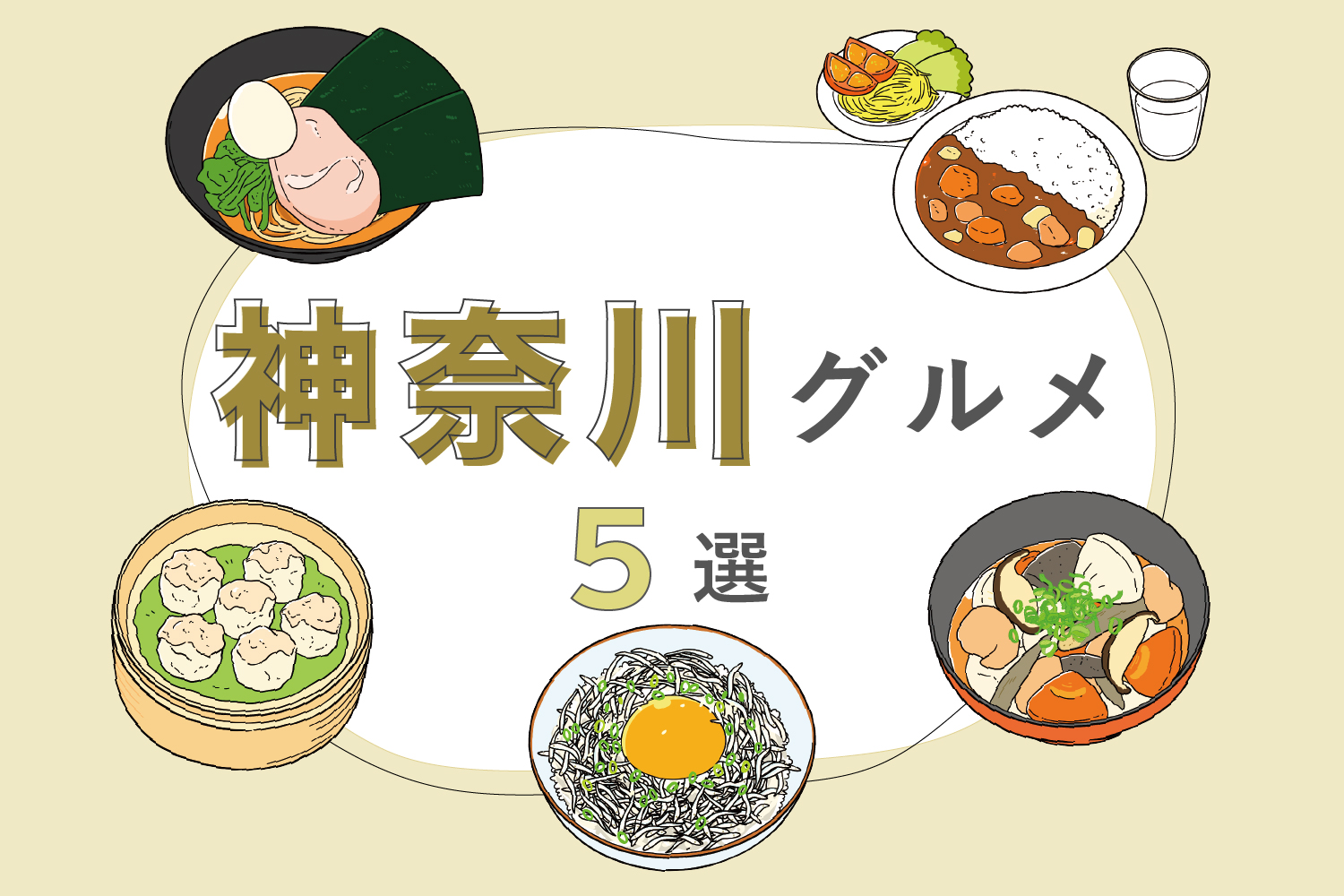
Top 5 Must-Try Local Foods in Kanagawa: Shumai, Shirasu, Navy Curry, Iekei Ramen, and Kenchin Soup
When you think of Kanagawa, many people probably imagine “shumai” or “iekei ramen.” Yokohama is home to Japan’s largest Chinatown, lined with countless restaurants serving authentic Chinese cuisine. Meanwhile, in the Shonan area, blessed with rich fishing grounds, freshly caught “raw shirasu bowls” are especially popular.
share:
Table of Contents
The Classic Souvenir: “Shumai”
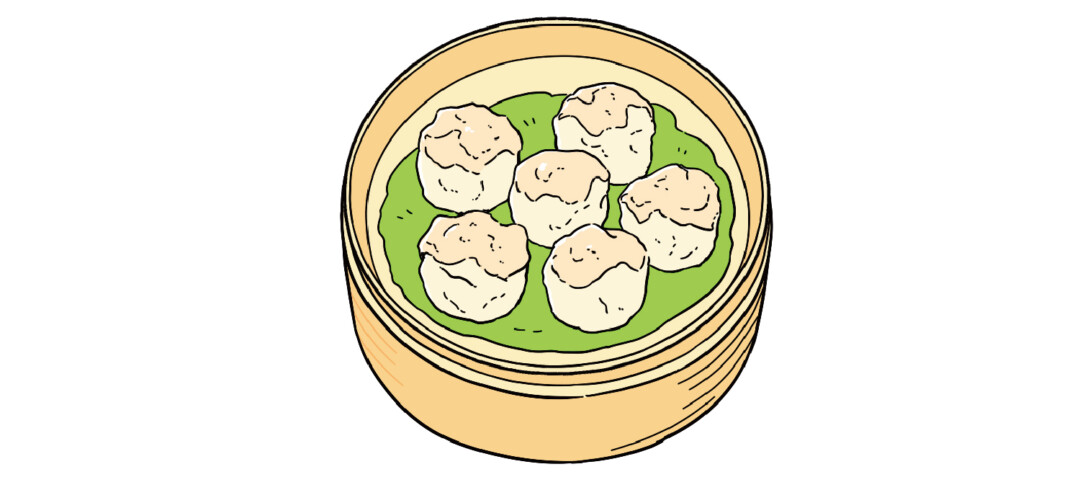
Yokohama ranks first in shumai consumption nationwide. Shumai has also become a classic souvenir of Yokohama. The reason behind this is the famous “Shiumai” from Kiyoken, founded in Yokohama in 1908. Kiyoken developed shumai that remained delicious even when cold and began selling them to train passengers. It quickly gained nationwide recognition as a Yokohama souvenir.
When visiting Chinatown, you’ll find many restaurants specializing in shumai, but in Yokohama, it’s also common to purchase them at supermarkets and enjoy them as part of home cooking.
Juvenile Sardines: “Shirasu”
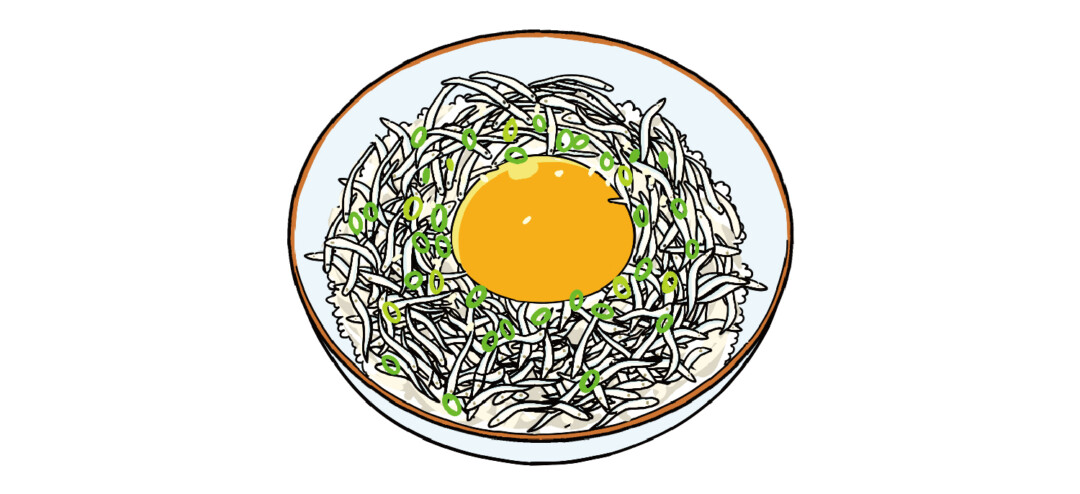
In the Shonan area, fishing for juvenile sardines known as “shirasu” has been practiced since the Edo period.
Shirasu caught in spring and autumn, which are sardine spawning seasons, are fatty and exceptionally delicious. Since they lose freshness quickly, they are often boiled or sun-dried. However, in the Shonan area, you can enjoy freshly caught “raw shirasu.” A local specialty is the “raw shirasu bowl,” generously topped with raw shirasu and served with toppings such as seaweed, shiso leaves, and raw egg yolk.
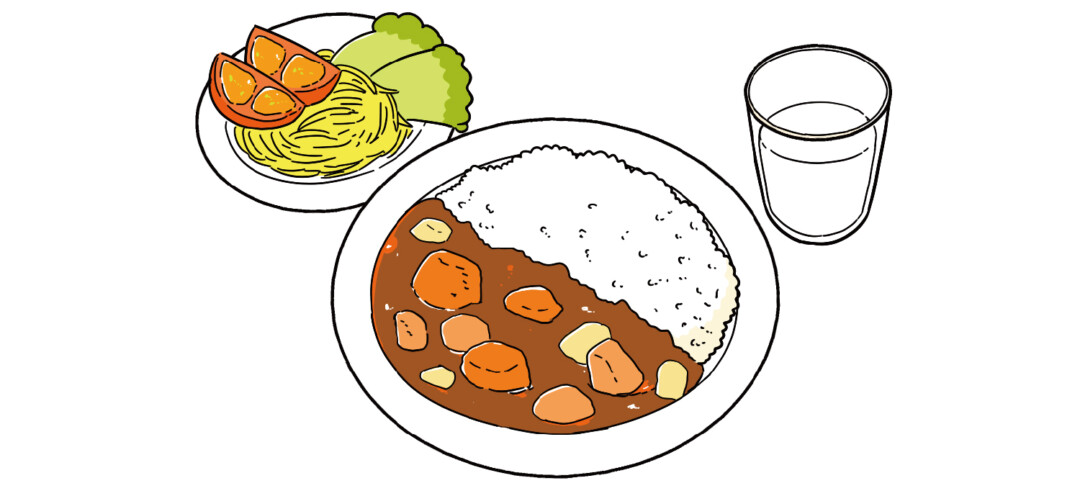
“Navy Curry” is said to be the origin of Japanese home-style curry. During the Meiji era, many sailors in the Japanese navy suffered from beriberi, a disease caused by vitamin deficiency. To address this, a nutritious curry packed with meat and vegetables was created. Soldiers who returned to their hometowns recreated the taste of navy curry, spreading it across the country.
In the Japan Maritime Self-Defense Force, long periods at sea can make it difficult to keep track of the days since the scenery hardly changes. To prevent sailors from losing their sense of time, curry rice is served every Friday without exception.
Rich Soup You Can’t Resist! “Yokohama Iekei Ramen”

“Yokohama Iekei Ramen” features a pork and chicken bone broth blended with soy sauce seasoning, creating a pork-soy sauce base. It is served with straight, thick noodles, topped with spinach, roast pork, and nori seaweed. A key feature is that customers can adjust the firmness of the noodles, the strength of the flavor, and the amount of fat.
Yokohama Iekei Ramen originated in 1974 with the opening of “Yoshimura-ya.” The term “Iekei” (house-style) comes from the fact that many franchised shops used the suffix “-ya” (meaning house) in their names.
Kenchin Soup Rooted in Kamakura
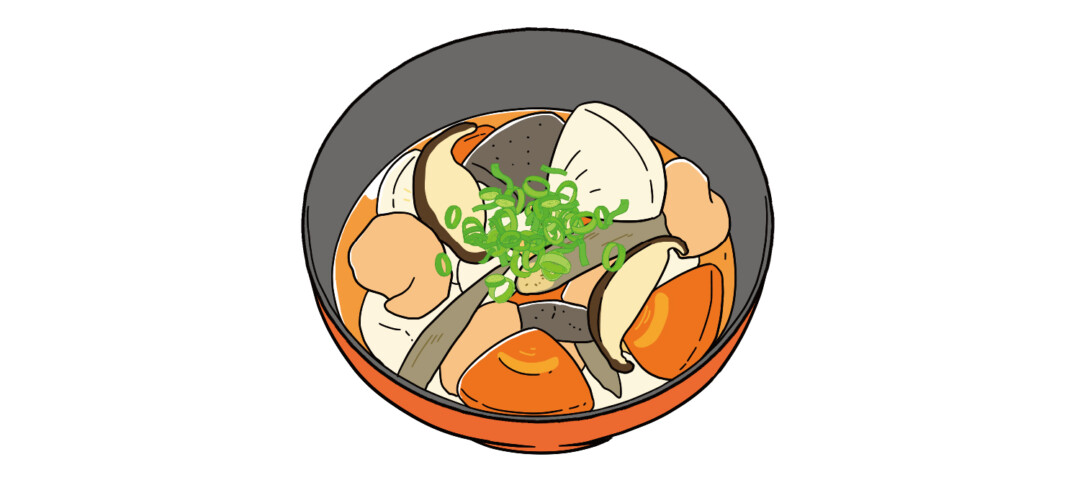
“Kenchin Soup” is a beloved home-style dish across Japan. Its origins trace back more than 700 years to Kencho-ji Temple in Kamakura. As a Buddhist vegetarian dish, it contains no animal products—vegetables such as daikon radish and carrots are stir-fried in oil, then simmered in a broth made from kombu and shiitake mushrooms. According to tradition, the dish began when a monk dropped some tofu, and the Zen master salvaged it by rinsing it and adding it to the pot. This gave rise to the custom of crumbling firm tofu by hand into the soup, a practice still followed today.
*The information is based on the time of reporting or creation, and may differ from the current situation.
tags:
share:










